Analysis of Legendre Polynomials and Functions: Assignment Solution
VerifiedAdded on 2022/12/19
|11
|471
|32
Homework Assignment
AI Summary
This assignment solution explores the concepts of Legendre Polynomials and Legendre Functions, providing a comprehensive analysis of the subject. It begins by introducing Legendre functions and their relation to differential equations, particularly those found in boundary value problems. The solution delves into the properties of Legendre polynomials, including generating functions and orthogonality. It further examines the Fourier-Legendre series and its applications. The assignment references relevant literature, providing a solid foundation for understanding these mathematical concepts. The solution covers the detailed steps and equations required to understand and solve problems related to Legendre Polynomials and Functions, providing a useful resource for students.
1 out of 11
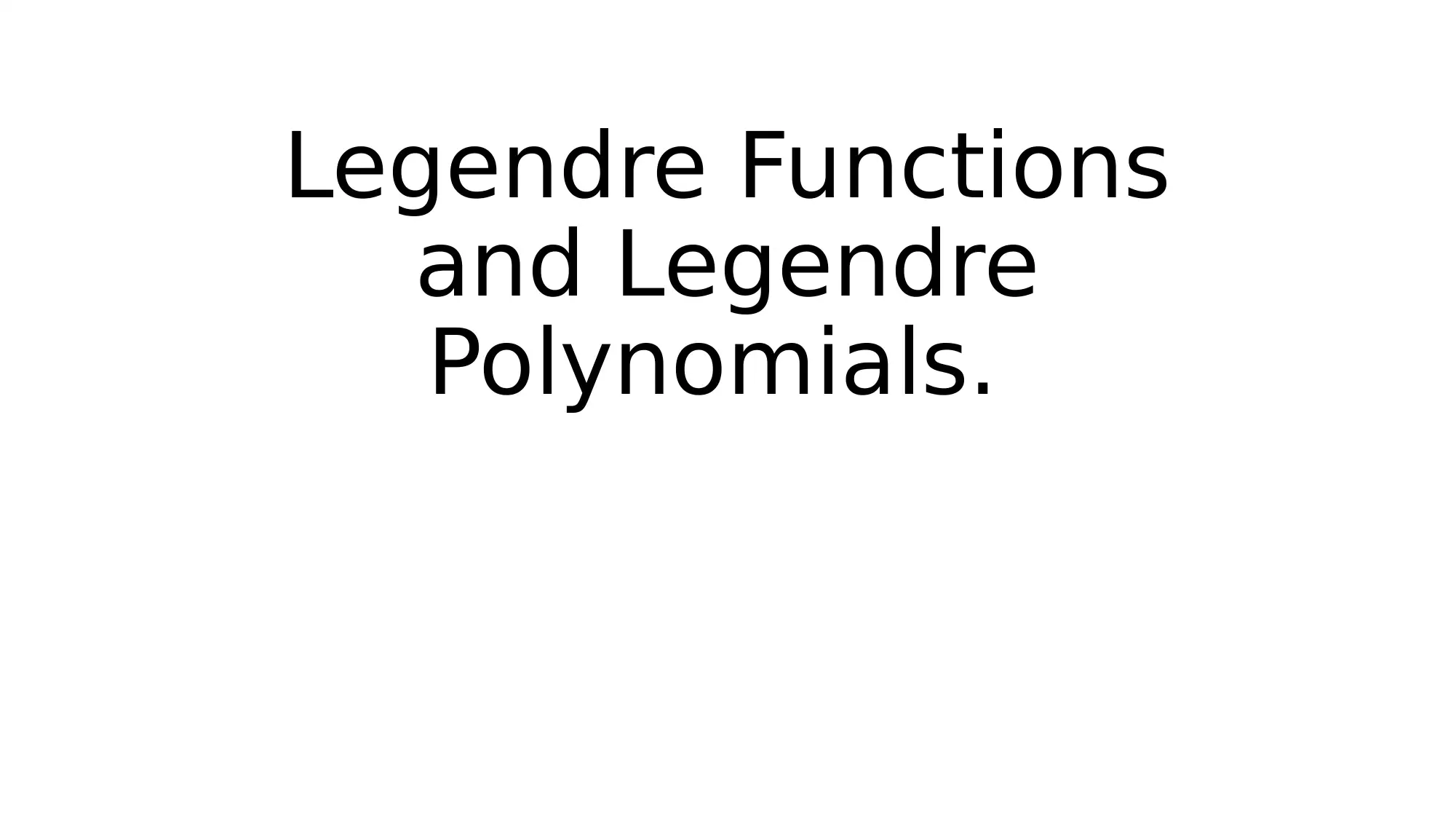
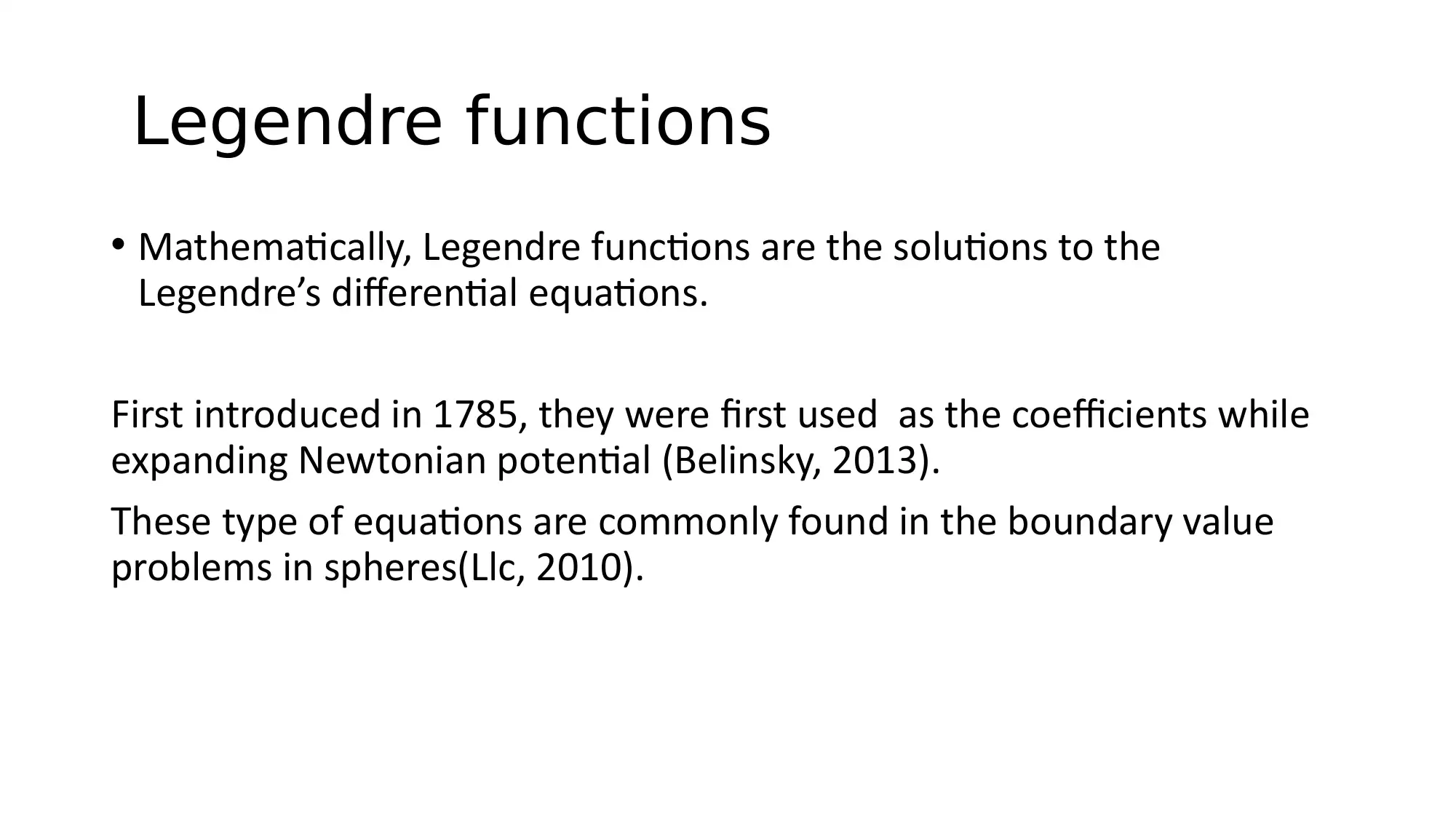
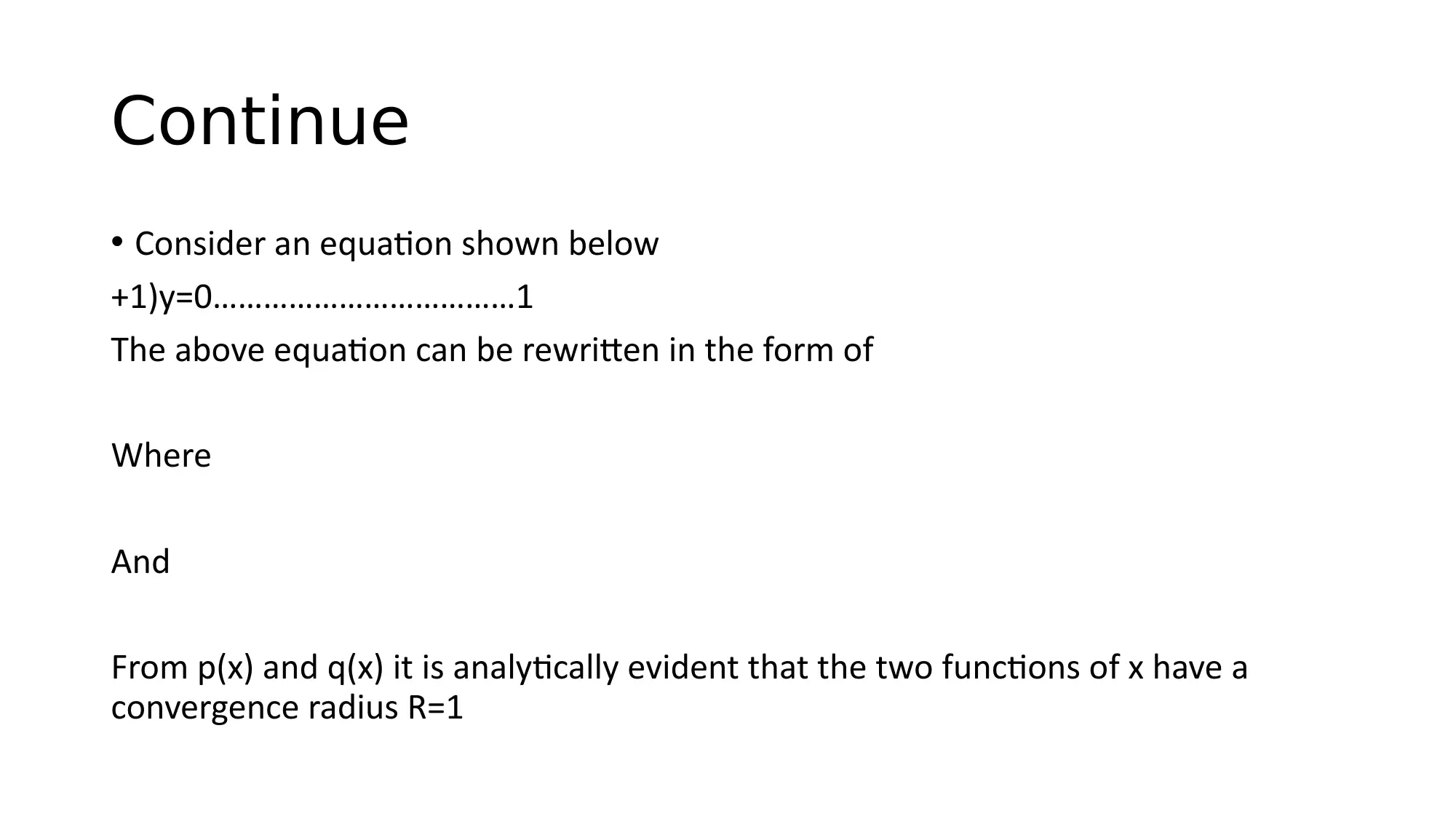


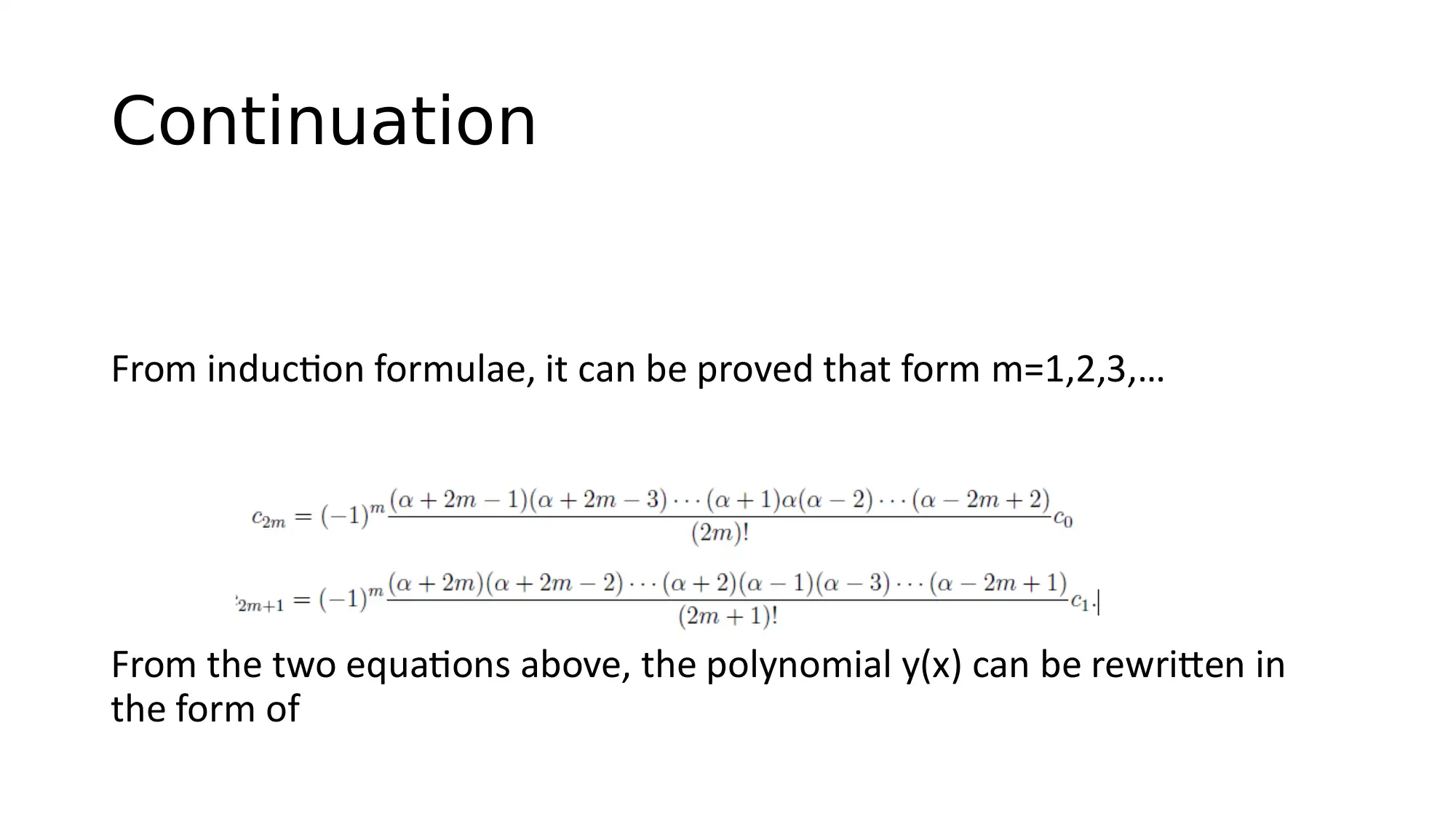
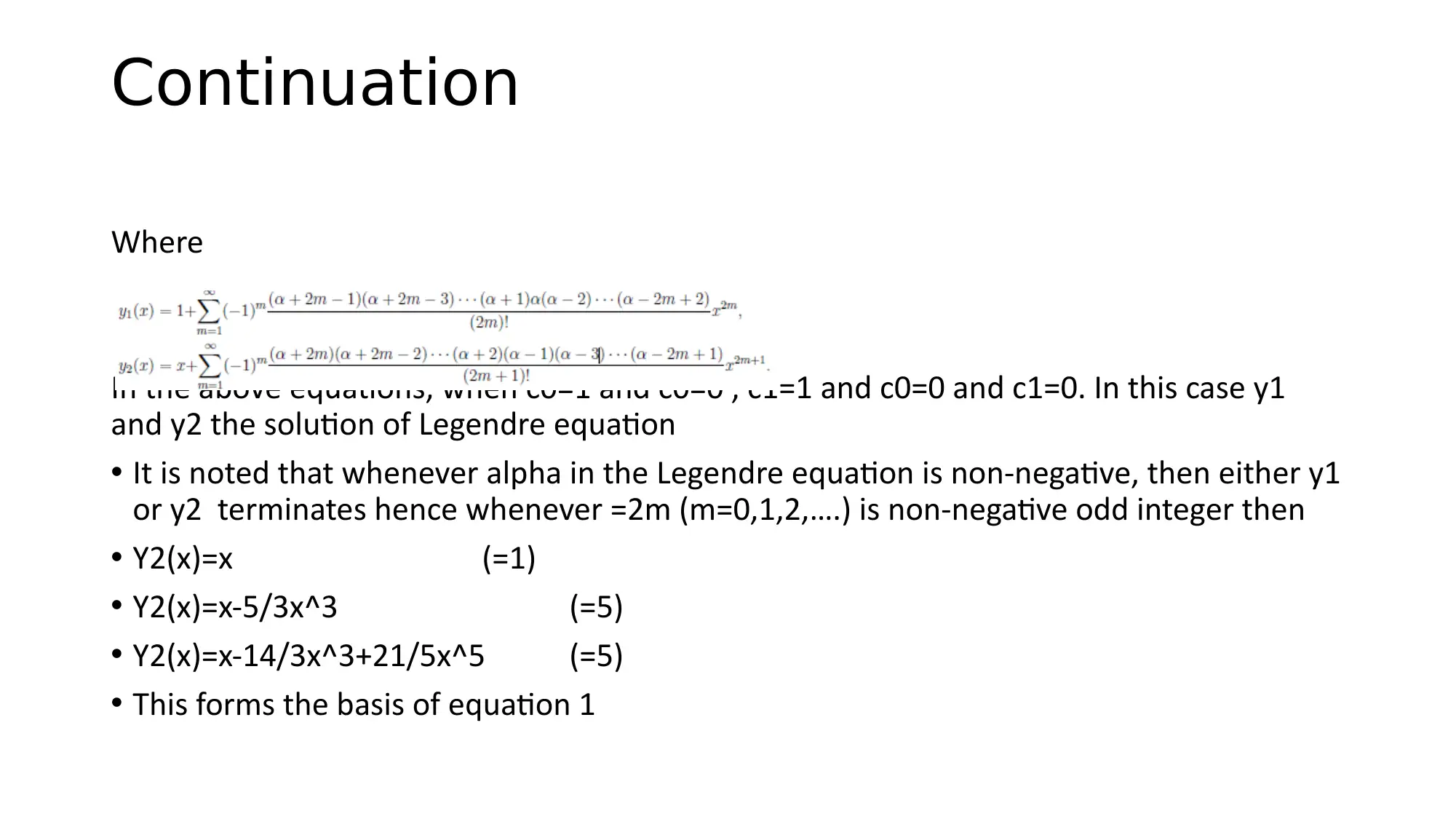
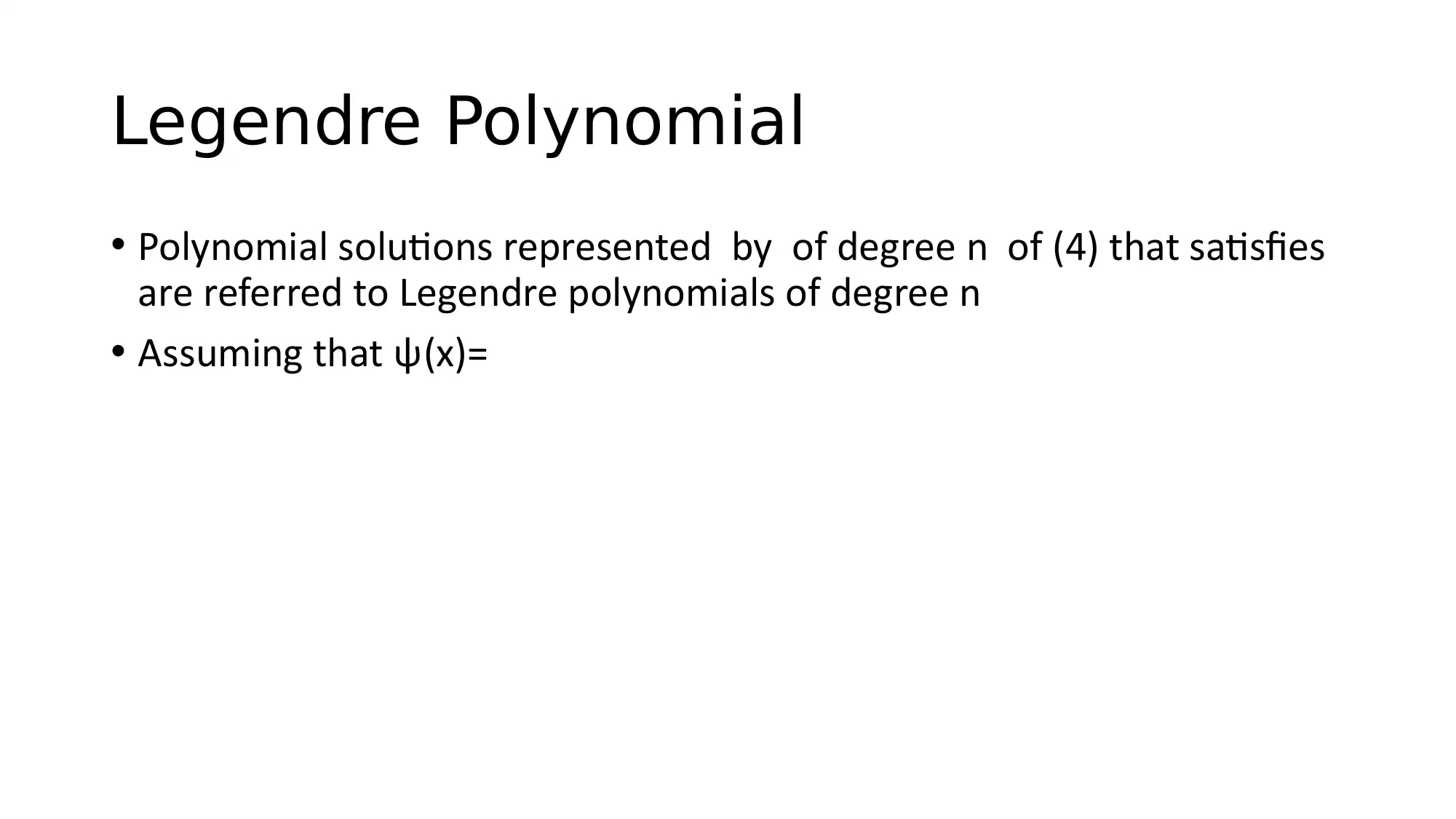
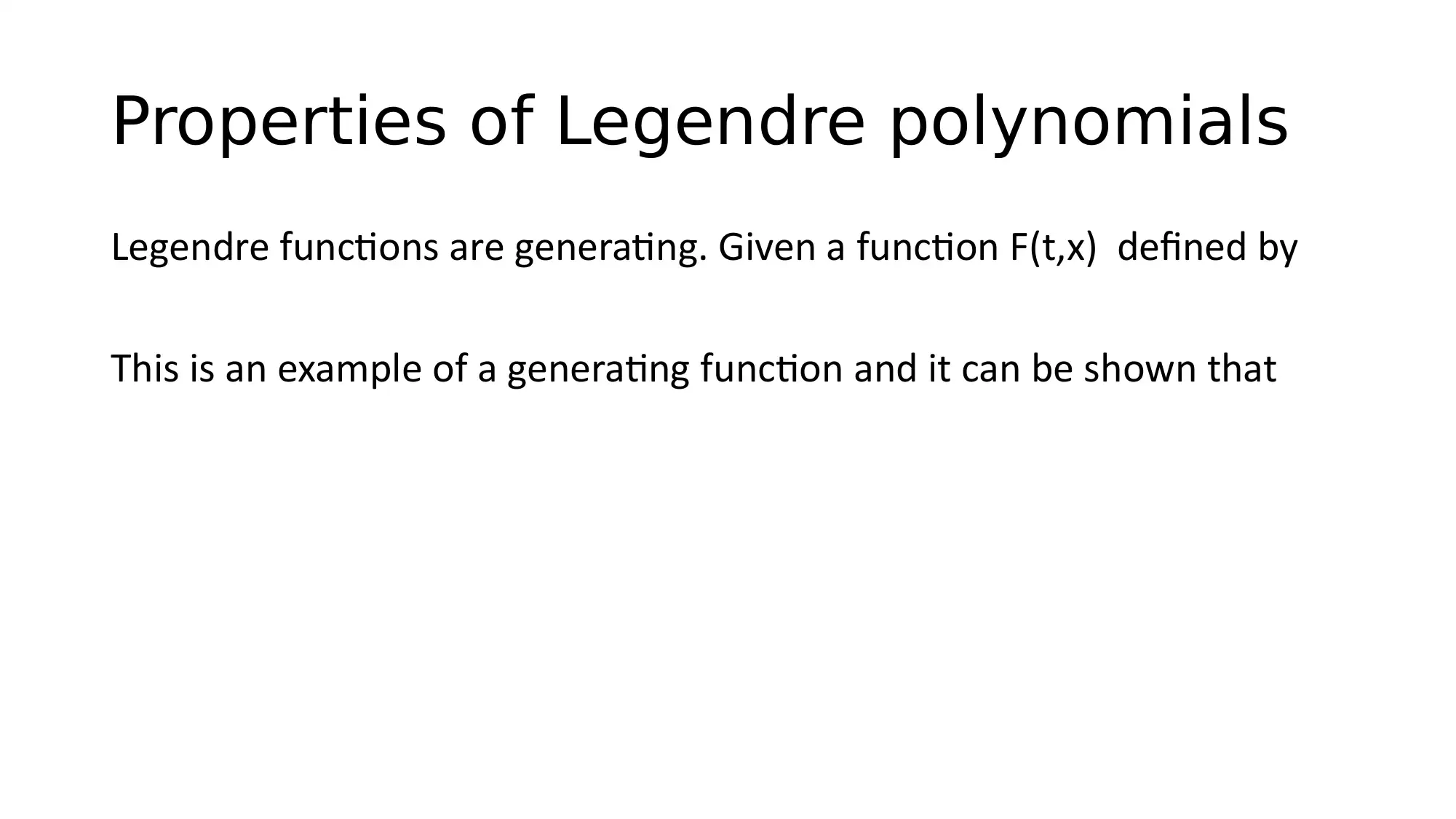
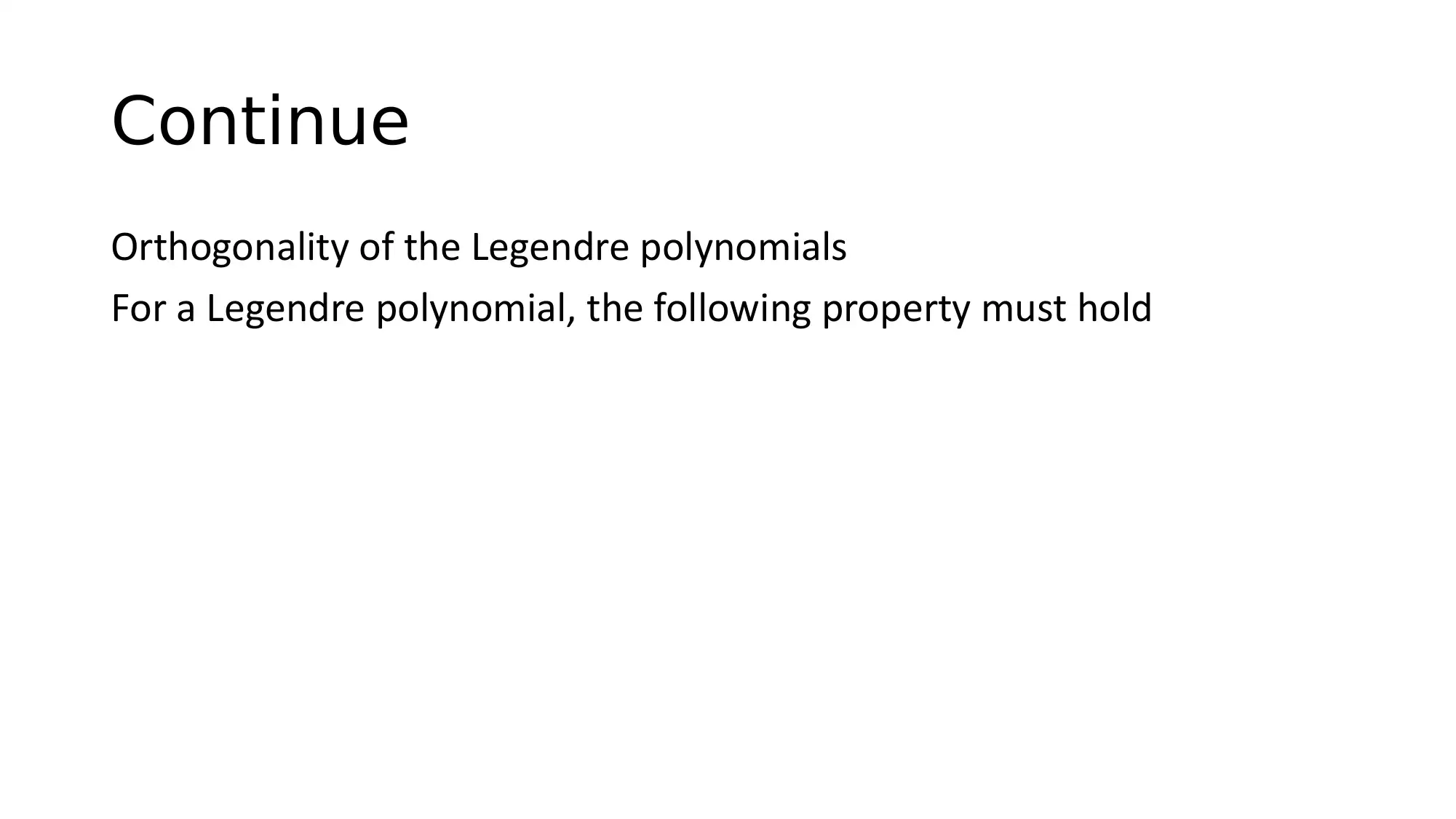
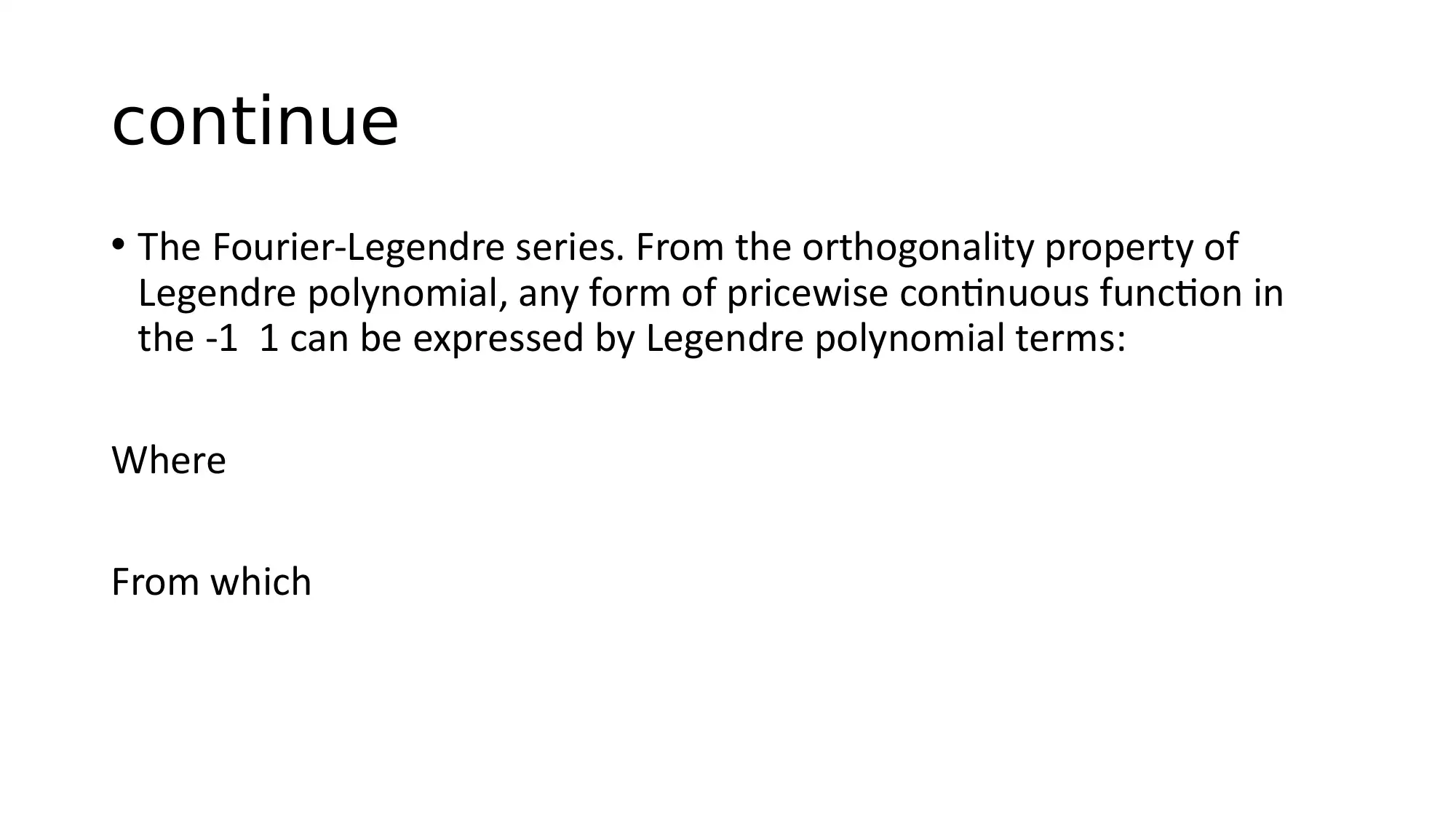
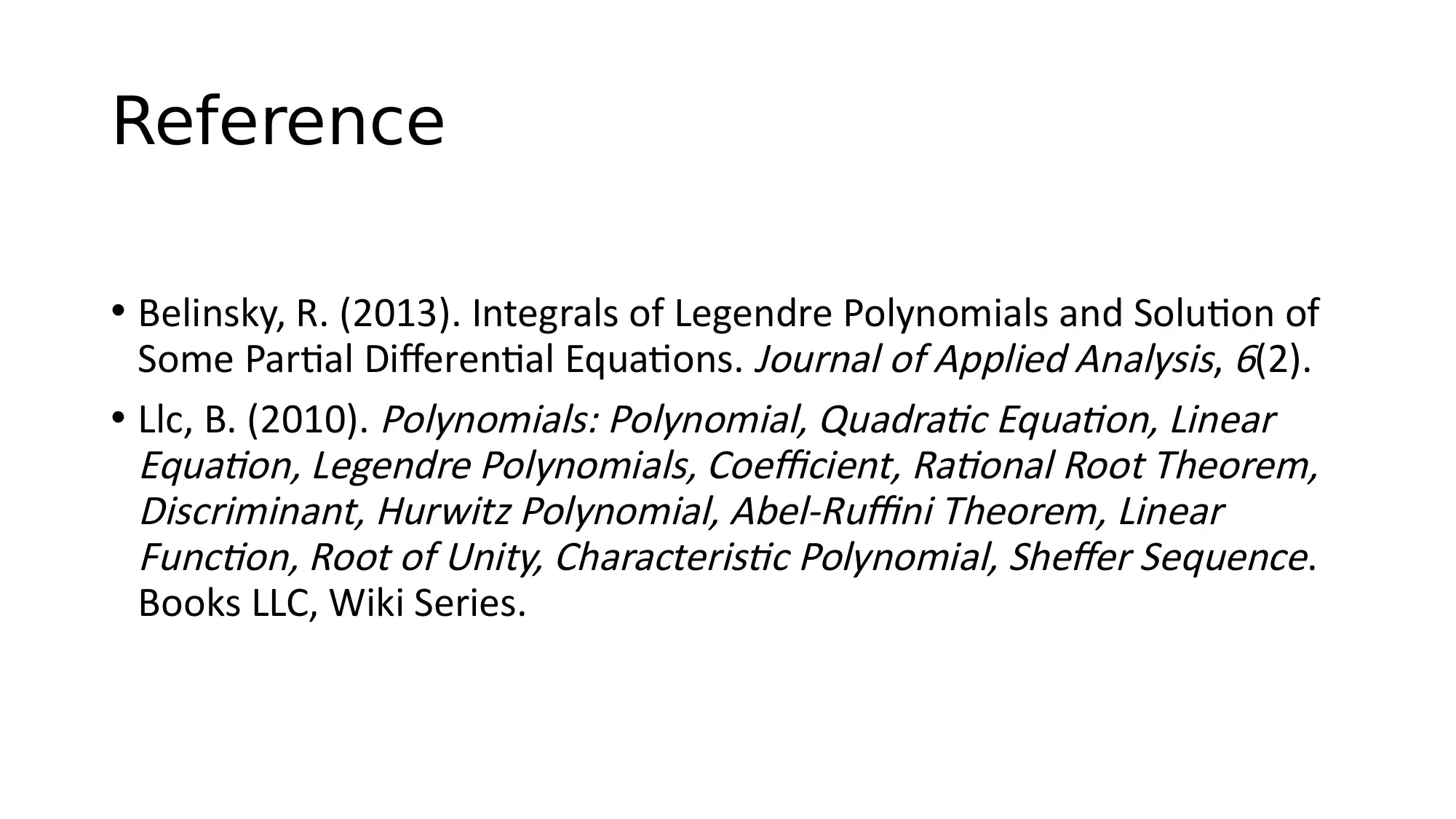


![[object Object]](/_next/static/media/star-bottom.7253800d.svg)